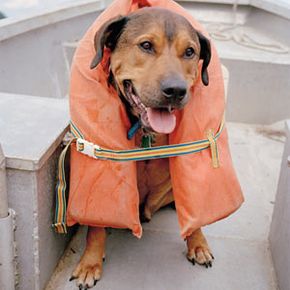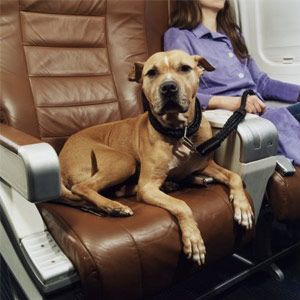Pets make lovely travel companions, but did you know that they've also provided help to humans on the high seas? Consider these super critters:
- At least one World War II boat dog, a Great Dane on board a Royal Navy of South Africa ship, was trained to recognize enemy submarines [source: Dogs in the News].
- Some hunting dogs, such as Newfoundlands, have been bred to dive into water and retrieve game. The Portuguese water dog even has webbed feet to improve swimming.
- Dogs have been trained to rescue others. One smart border collie even rescued herself from a shipwreck by finding an air pocket inside the overturned ship and riding the wreck to shore [source: Dogs in the News].
- Cats are a centuries-old standby on long voyages. Among other things, they help control the mouse and rat populations.
Considering all that animals provide at sea, it shouldn't be a problem to take your pet on your next boating excursion, right?
Advertisement
Not quite. Think back to your first boat trip. Did it take you a while to get your sea legs? Your pet will also experience that. Did you slip on a wet deck? Your pet can do that as well. Did you fall overboard? Did you go a little crazy with all the new sights and sounds at the dock? Your pet will do all of that, and more.
In a nutshell, boating with your pet takes a lot of preparation. You'll need to invest in a few important supplies, and you'll need to spend some time getting you and your pet adjusted to the new situation. Once you all get your sea legs, boating can be immensely fulfilling.
Advertisement

